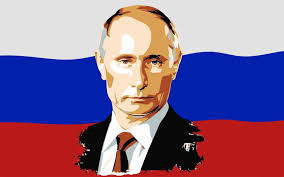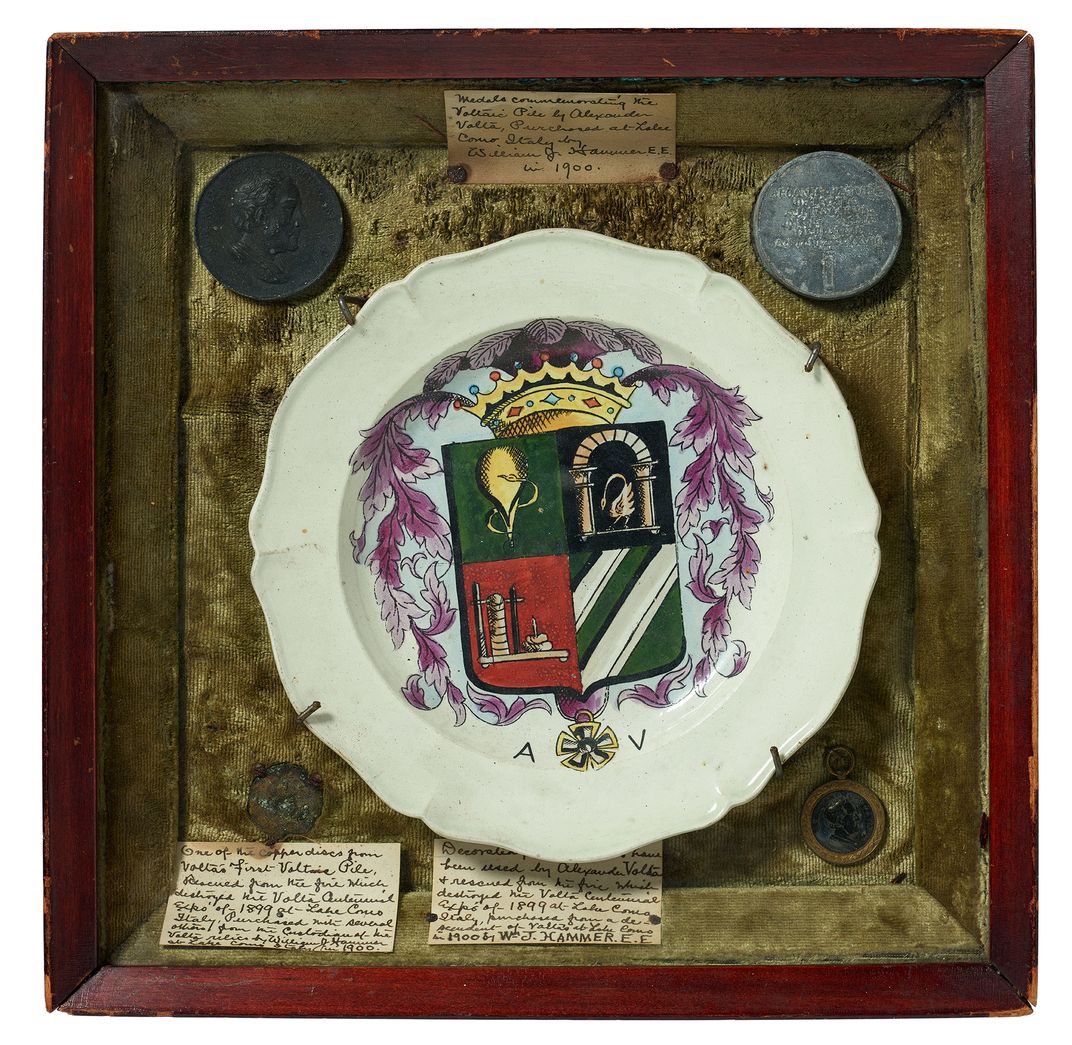The recent exposure by the White House of Russia’s efforts to influence the upcoming US presidential election comes as no surprise to those familiar with previous disinformation tactics.
During the 2020 election, the Kremlin utilized state-sponsored outlets like RT and Sputnik to cast doubt on the legitimacy of the US electoral process. Additionally, Russian-sponsored bots and trolls spread divisive disinformation and conspiracy theories online.
This time, the US has seized Russian-controlled internet domains and imposed sanctions on ten individuals, including RT's editor-in-chief Margarita Simonyan, for actions aimed at eroding public trust in US institutions. These sanctions freeze any assets in the US and restrict US companies or individuals from working with those involved.
The US also charged two RT executives, Konstantin Kalashnikov and Elena Afanasyeva, with money laundering for paying American content creators to distribute pro-Russia propaganda within the US.
US Attorney General Merrick Garland stated that Russia's goal is to influence the upcoming election to achieve its "preferred outcome" and weaken US support for Ukraine.
These practices align with key Russian disinformation strategies identified in recent research, which highlight the Kremlin’s persistent efforts to influence international audiences.
Five key features of Russian information manipulation provide insights into the latest election-meddling tactics:
1. Local influencers
RT has been accused of paying a Tennessee-based firm millions to produce pro-Russia content that doesn’t disclose its ties to the Kremlin. Influencers, often unaware of these connections, have editorial control over content that aligns with Russian narratives. RT frequently collaborates with right-wing media in the US, capitalizing on ideologically similar views to push Kremlin-backed messaging.
2. Fake news outlets
Russian disinformation operations often involve creating fake news sites that target specific US demographics. These sites spread false information while appearing as local sources, addressing relevant social issues alongside Russian talking points to resonate with audiences.
3. Amplifying existing divides
Russia taps into pre-existing societal tensions, like the US culture wars, amplifying them through real and fabricated information. This manipulation is designed to exploit fears without meaningful engagement in the topics, further dividing public opinion.
4. Flipping the narrative
Russia consistently denies involvement in disinformation campaigns, often turning accusations back on its accusers. Following a similar strategy as seen in past incidents, such as the 2018 Novichok poisonings in the UK, Moscow responds with conspiracy theories and accusations of "Russophobia."
5. Humor as a tool
Humor plays a strategic role in Russia’s information warfare. RT often uses humor to discredit criticism and legitimize Russia's actions. Simonyan, for instance, sarcastically dismissed the recent US allegations as fearmongering, further fueling Russia's portrayal as a populist outsider.
Russia's disinformation tactics continue to evolve, and there is little indication that these efforts will stop in the near future.













0 Comments